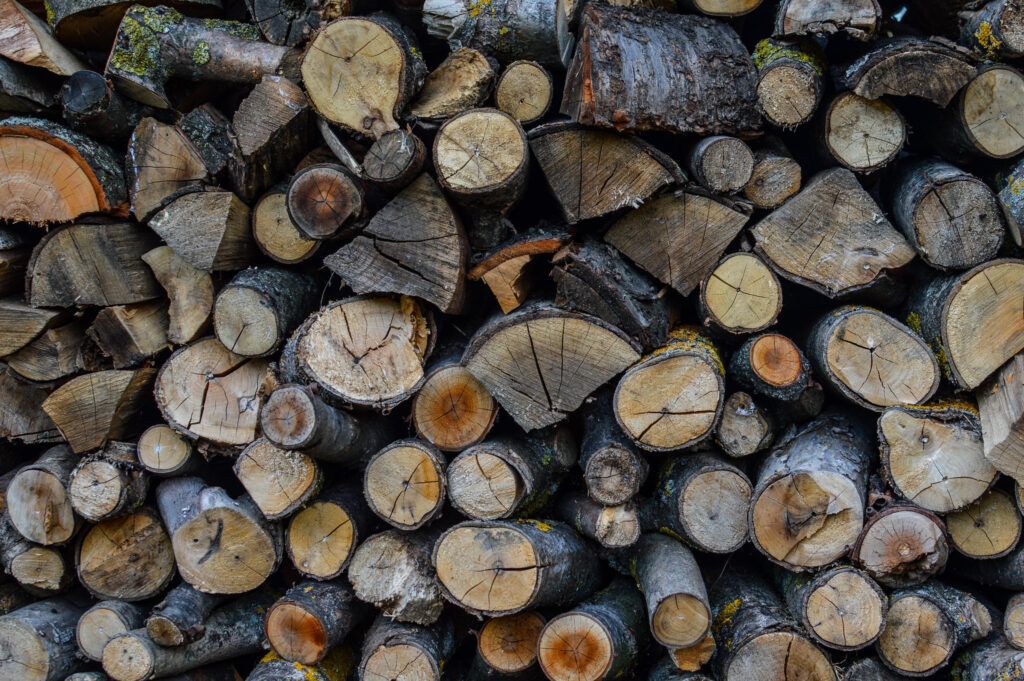
Lignin is an organic polymer that provides the rigid structure of plants and is what gives wood and bark their characteristic properties. Lignin typically comprises between 20 and 35% of the mass of wood. The two major substances extracted from trees, grasses, and other biomass materials are cellulose and lignin. Cellulose is used to make paper, bioethanol, and other products, but lignin is largely unused because it is difficult to break down into useful substances such as feedstocks for fuels. As a result, lignin is largely wasted. Worldwide, some 50 million tons of lignin are produced from paper and bioethanol manufacturing each year and almost all of that is simply burned to generate heat.
Lignin can be broken down using pyrolysis techniques at high temperatures to create bio-oils, but those oils lack sufficient hydrogen and contain too much oxygen to be useful as fuels. There is a process called hydrodeoxygenation that adds hydrogen and removes oxygen, but it requires high temperatures and very high pressures as well as producing char and tar that reduces the efficiency of the process.
Researchers at Georgia Tech recently published work describing a new process for turning lignin into useful products. They developed a dual catalyst system of super-acid and platinum particles that adds hydrogen and removes oxygen from lignin bio-oil and makes it useful as a fuel and source of chemical feedstocks.
The new process could help meet the growing demand for bio-based oils as well as helping the forest product, paper, and bioethanol industries by providing an additional revenue stream from what previously was a waste product.
**********
Web Links
New Process Boosts Lignin Bio-oil as a Next-Generation Fuel
Photo, posted August 16, 2017, courtesy of evcabartakova via Flickr.
Earth Wise is a production of WAMC Northeast Public Radio.
Leave a Reply